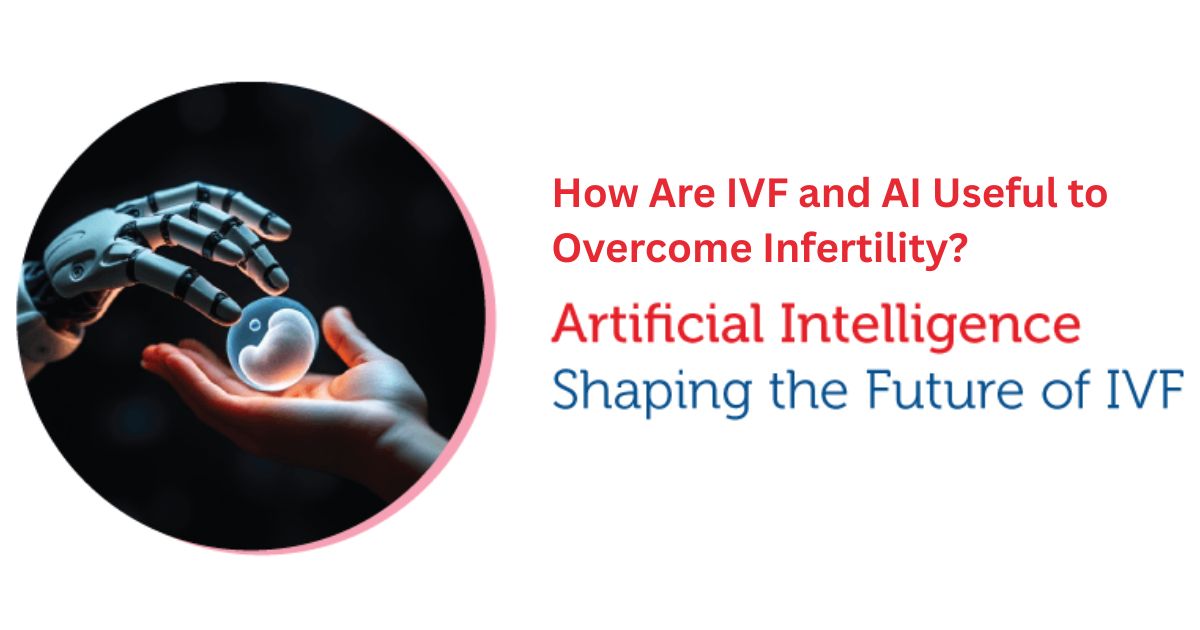In the ever-evolving world of information technology, having the right tools at your disposal can make the difference between stagnation and breakthrough productivity. As we step into 2025, IT professionals face increasing demands for efficiency, security, and seamless collaboration. Whether you're managing networks, developing software, or overseeing IT infrastructure, selecting tools that align with your goals is crucial. This blog post, based on a comprehensive outline, explores the top IT tools, how to choose them, implementation strategies, and more. With insights drawn from industry trends and expert recommendations, we'll help you navigate the crowded tech landscape to build a robust toolkit.
Before going deeper into the next section, you can refer to it tools software to support your work.

1. Introduction
The IT sector in 2025 is characterized by rapid digital transformation, driven by AI integration, cloud adoption, and remote work dynamics. According to a 2025 Gartner report, organizations using advanced IT tools experience up to 35% higher operational efficiency. However, with thousands of options available, IT pros often struggle to identify the best fits. This guide aims to simplify that process by highlighting top tools across categories, providing practical advice on selection and integration.
IT tools encompass software for project management, asset tracking, cybersecurity, automation, and more. They empower professionals to automate mundane tasks, enhance data security, and foster collaboration. By the end of this post, you'll have actionable insights to upgrade your workflow. Let's dive in.

2. How to Choose the Right IT Tool
Selecting the ideal IT tool requires a strategic approach. Start by assessing your needs: What pain points are you addressing? For instance, if scalability is key, prioritize cloud-based solutions. Consider factors like cost, ease of use, integration capabilities, and vendor support.
Budget plays a pivotal role—free tools suit startups, while enterprises may invest in premium features. User reviews on platforms like G2 and Capterra offer real-world insights; aim for tools with ratings above 4.5. Security compliance (e.g., GDPR, SOC 2) is non-negotiable, especially for data-sensitive roles.
Evaluate trial periods to test functionality. Integration with existing systems, such as APIs for connecting to CRM or cloud services, ensures smooth adoption. Finally, think long-term: Choose tools with regular updates and strong communities for ongoing support. By aligning tools with your objectives, you avoid costly mismatches and maximize ROI.
3. Top 10 IT Tools (with Categories)
We've curated the top 10 IT tools for 2025, grouped by categories to address diverse needs. Each entry includes the tool's name, category, what it does, why it's useful, and target audience/use-case. These selections are based on popularity, innovation, and impact, drawing from sources like Forrester and user adoption data.
3.1 Project Management
1. Jira (Category: Project Management)
Jira is an agile issue-tracking tool that helps teams plan, track, and release software. It features customizable workflows, roadmaps, and reporting.
Why it's useful: Streamlines collaboration, reduces project delays by 25% (per Atlassian studies).
Target audience: Software development teams, agile practitioners in mid-to-large organizations.
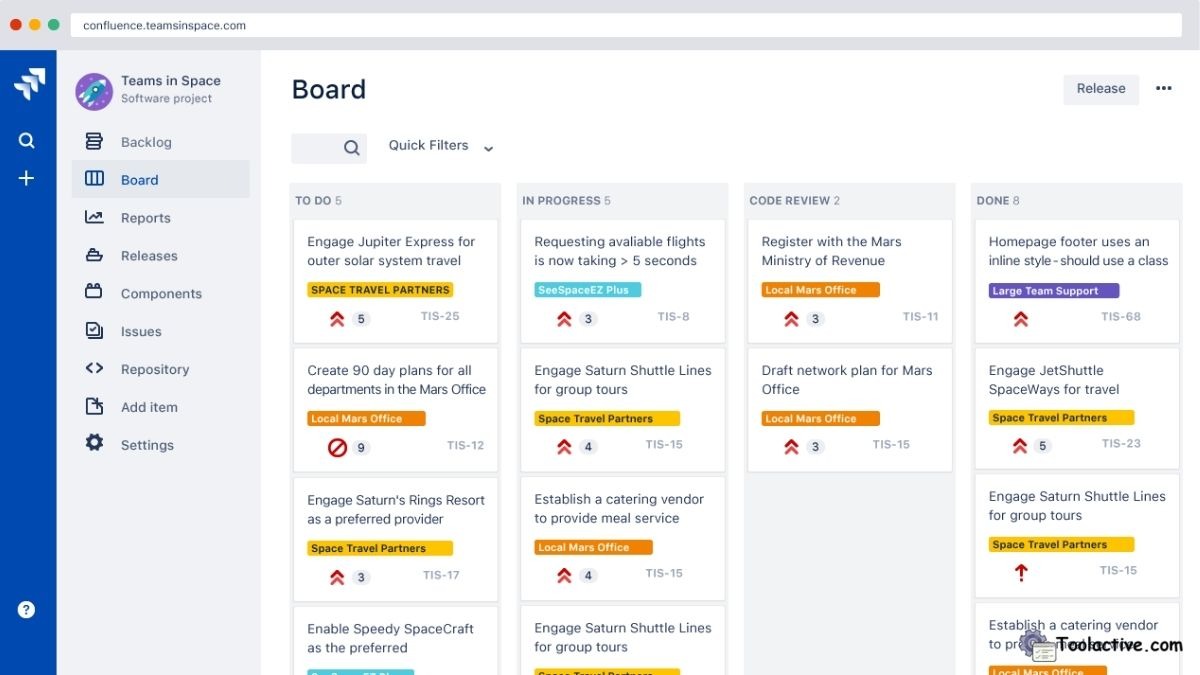
2. Trello (Category: Project Management)
Trello uses visual boards, lists, and cards for task organization. It supports integrations and automation.
Why it's useful: Intuitive for quick setups, ideal for visual thinkers; free tier available.
Target audience: Small teams, freelancers handling content or simple projects.
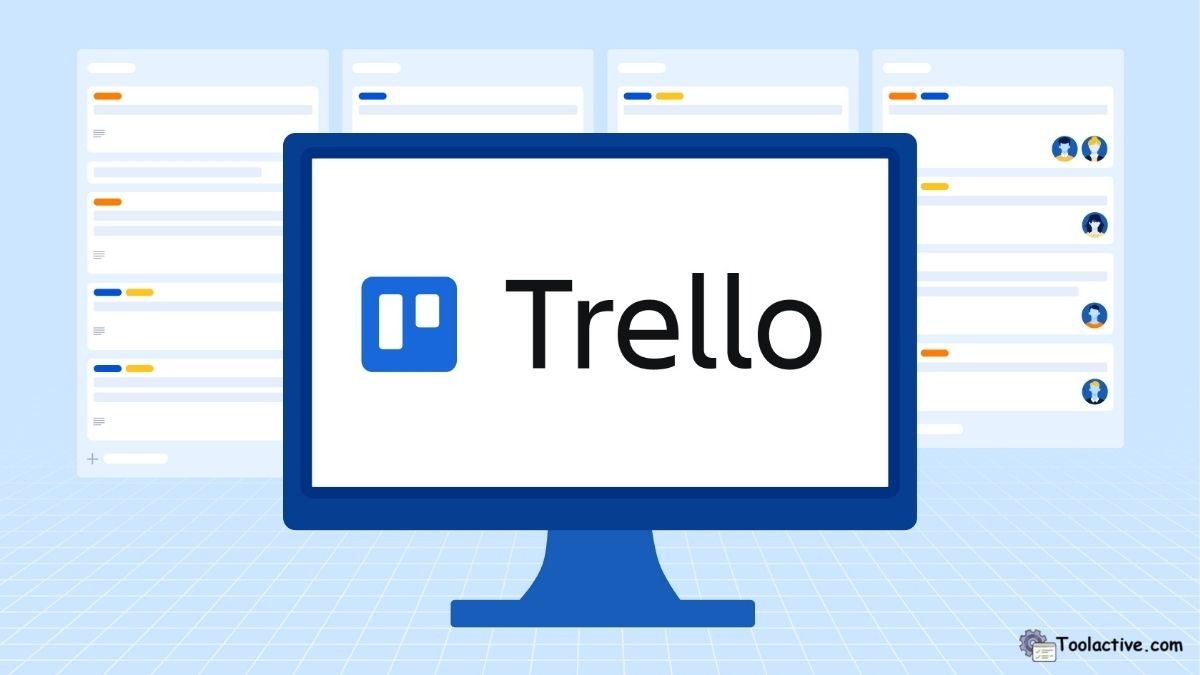
3.2 Collaboration and Communication
3. Slack (Category: Collaboration)
Slack offers real-time messaging, channels, and app integrations for team communication.
Why it's useful: Reduces email overload, with AI features for thread summaries; enhances remote work efficiency.
Target audience: IT teams in distributed environments needing instant feedback.

4. Microsoft Teams (Category: Collaboration)
Teams combine chat, video meetings, and file sharing in one platform.
Why it's useful: Seamless integration with Office 365; supports large-scale virtual meetings.
Target audience: Enterprise IT professionals in hybrid setups.

3.3 Development and Coding
5. GitHub (Category: Development)
GitHub provides version control, code hosting, and CI/CD pipelines.
Why it's useful: Fosters open-source collaboration; Copilot AI accelerates coding by 30%.
Target audience: Developers, open-source contributors.
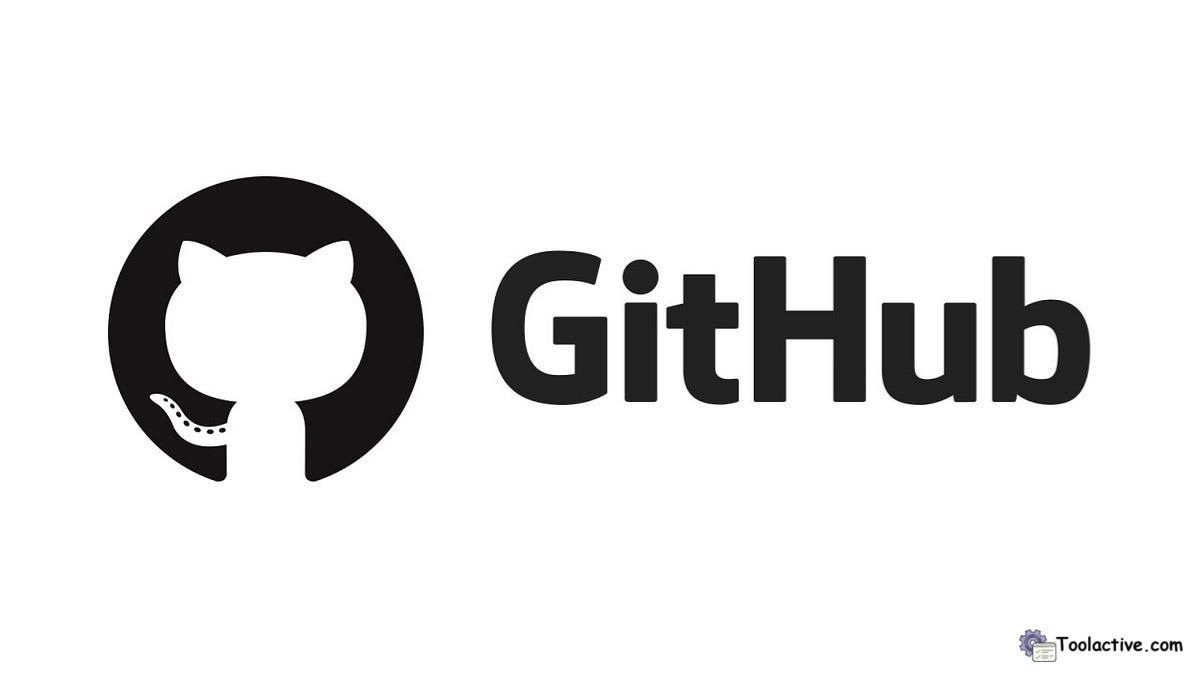
6. Visual Studio Code (Category: Development)
VS Code is a free, extensible code editor supporting multiple languages.
Why it's useful: Lightweight with thousands of extensions; built-in debugging.
Target audience: Programmers, data scientists seeking customization.
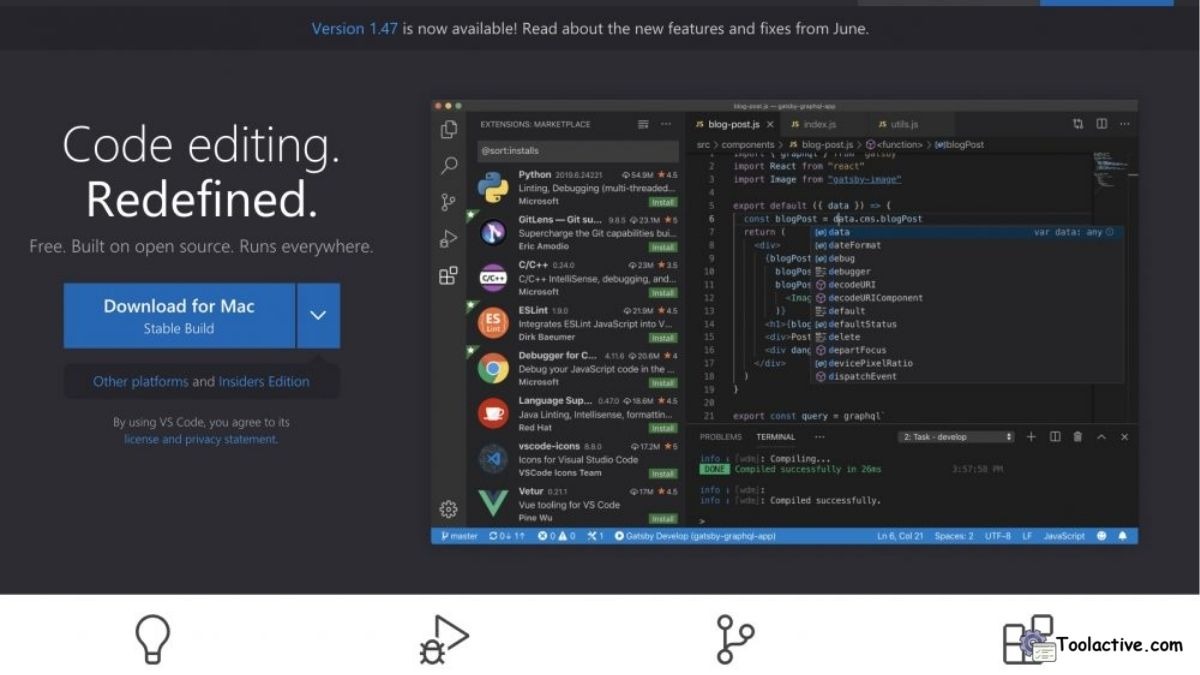
3.4 Automation and Integration
7. Zapier (Category: Automation)
Zapier connects apps via no-code workflows called "Zaps."
Why it's useful: Automates repetitive tasks across 6,000+ apps, saving hours weekly.
Target audience: IT admins, non-technical users streamlining processes.
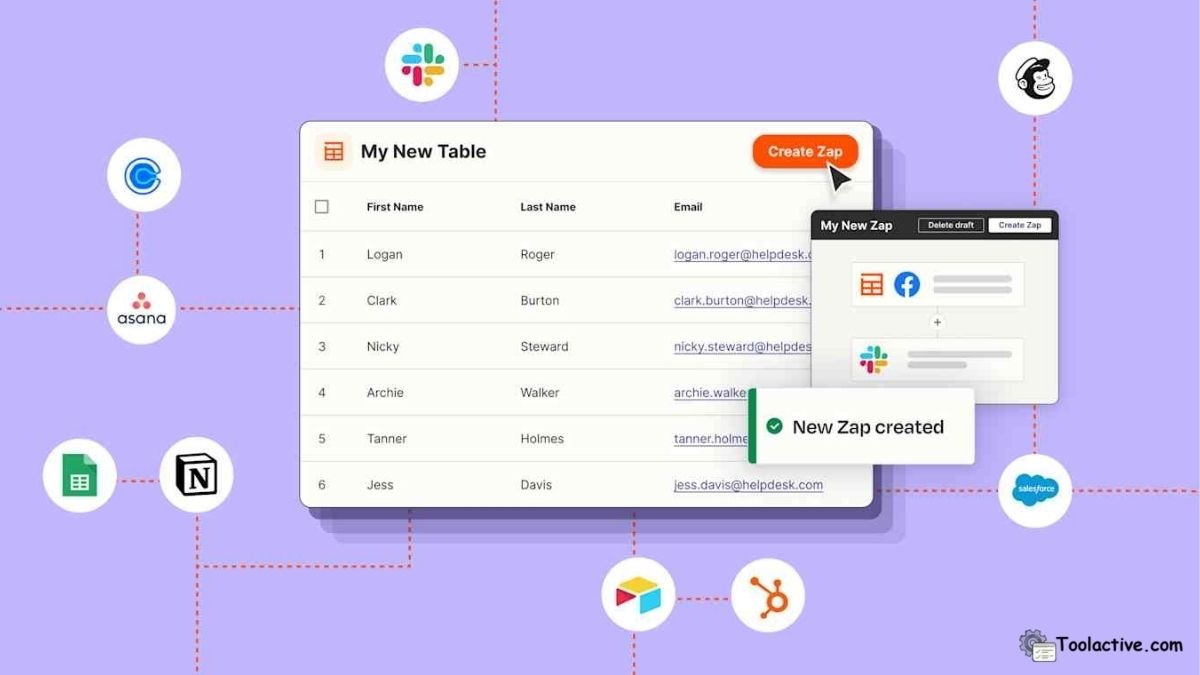
3.5 Security and Backup
8. Acronis Cyber Protect (Category: Security)
Acronis offers unified backup, recovery, and anti-malware in one solution.
Why it's useful: Protects against ransomware; combines data management with cybersecurity.
Target audience: Businesses handling sensitive data, needing comprehensive protection.
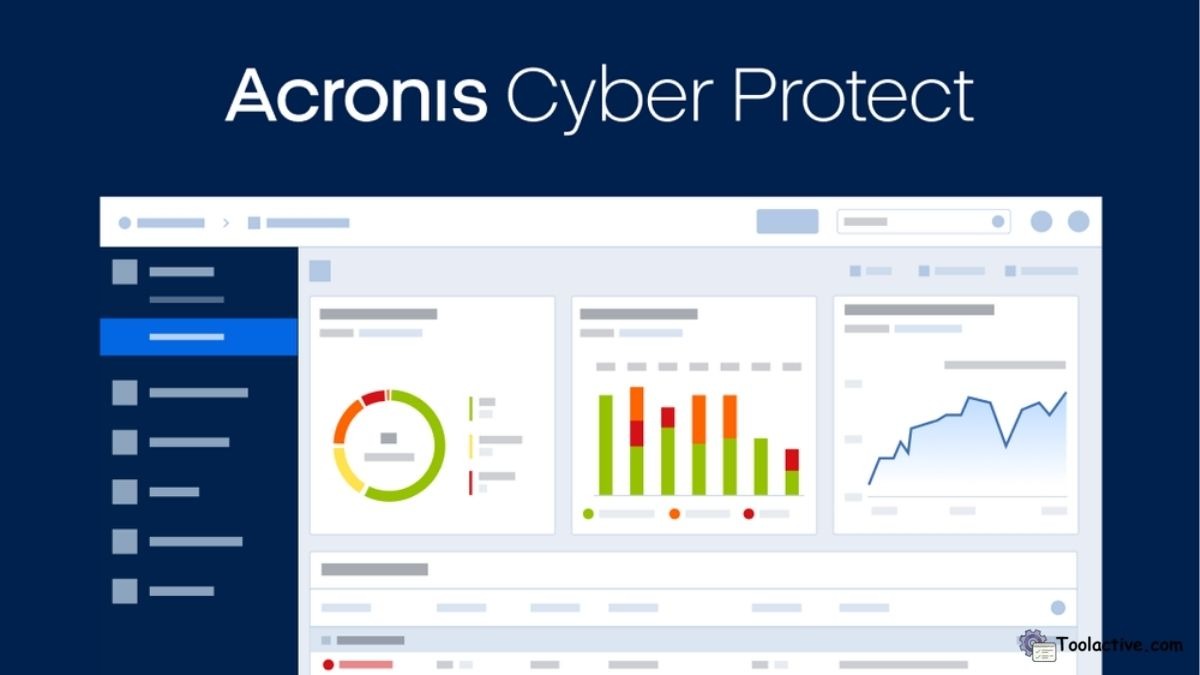
3.6 General IT Professional Toolkit
For general IT management, these tools excel in asset tracking and network oversight. Here's a small comparison table:
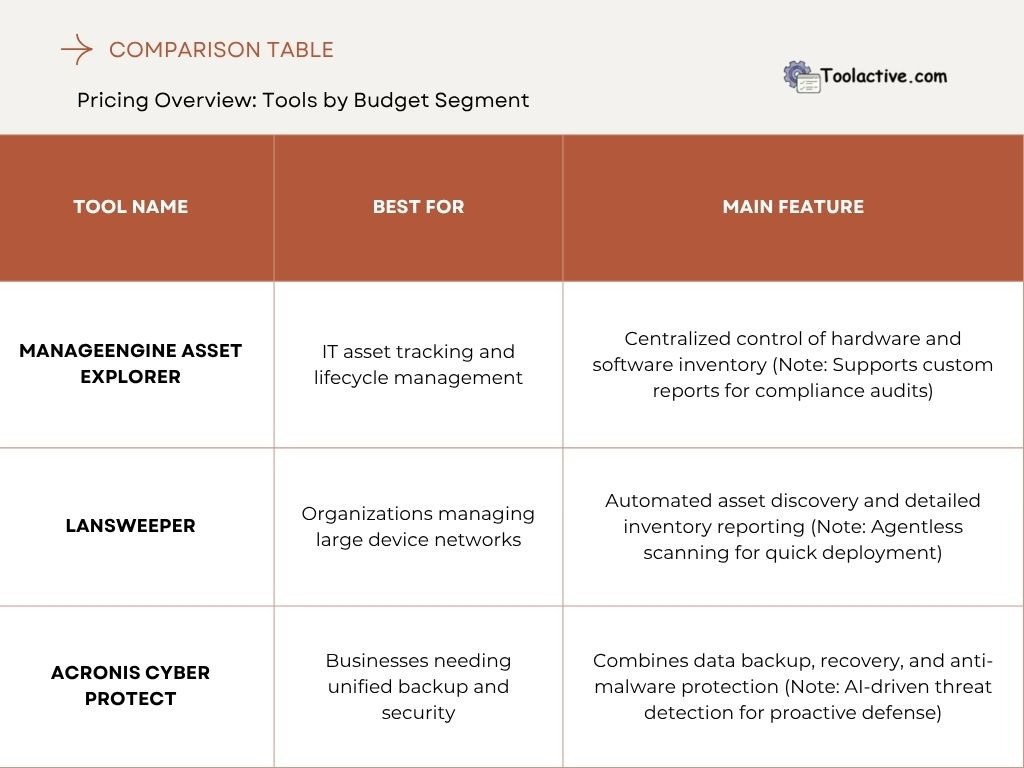
These tools are versatile for everyday IT operations, with notes highlighting unique strengths.
9. Docker (Category: DevOps)
Docker containerizes applications for consistent environments.
Why it's useful: Speeds deployment, reduces "works on my machine" issues.
Target audience: DevOps engineers building scalable apps.
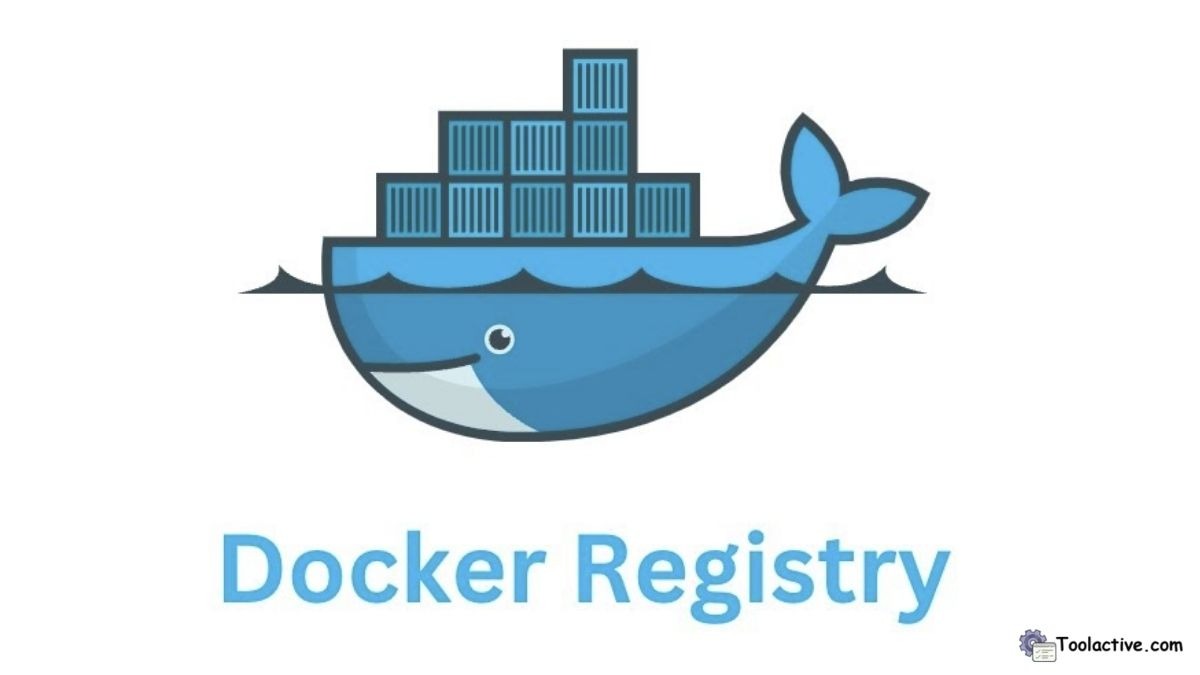
10. Tableau (Category: Analytics)
Tableau creates interactive data visualizations and dashboards.
Why it's useful: Turns complex data into actionable insights; AI-powered.
Target audience: IT analysts, decision-makers in data-heavy roles.

4. Additional Tools & Expanded List
Beyond the top 10, consider these honorable mentions: Notion for knowledge bases, Google Workspace for cloud collaboration, and AWS for infrastructure management. For specialized needs, tools like Splunk (log analysis) or ServiceNow (IT service management) offer enterprise-grade features. Expand your list based on evolving trends, such as AI-driven tools like ChatGPT for code assistance or cybersecurity platforms like CrowdStrike.
If you want to explore more automation support tools, you can see the list of best automation tools.
5. Implementing & Integrating IT Tools into Your Workflow
Successful implementation starts with planning. Conduct a needs assessment, then pilot tools with a small team. Use APIs for integrations—e.g., connect Jira to Slack for notifications. Training is essential; leverage vendor tutorials or platforms like Coursera.
Monitor adoption through metrics like usage rates and productivity gains. Address resistance by highlighting benefits, such as time savings. For seamless integration, adopt standards like OAuth for security. In 2025, focus on AI synergies, like using Zapier with GitHub for automated deployments.

6. Best Practices for Maintaining Your IT Tools List
Keep your toolkit current by reviewing annually. Subscribe to updates from vendors and follow tech blogs like TechCrunch. Prioritize tools with strong ecosystems to avoid silos. Budget for upgrades and ensure regular backups.
Foster a culture of continuous learning—encourage certifications in tools like Jira or Docker. Audit for redundancies; consolidate where possible to cut costs. Finally, gather team feedback to refine your selections, ensuring alignment with business goals.
Visit our meeting FastBots.ai store
7. Conclusion
The top IT tools of 2025 empower professionals to thrive in a digital-first world. From Jira's agile prowess to Acronis' security blanket, these solutions address key challenges. By choosing wisely, implementing effectively, and maintaining diligently, you can supercharge your efficiency.
ToolActive is a curated platform that helps professionals discover, compare, and evaluate the best AI and IT automation tools. Our mission is to simplify your tech decisions by providing verified insights, categorized listings, and real-world reviews—all in one place.
Ready to elevate your IT game? Explore these tools today—sign up for a free trial and transform your workflow.

.jpg)





.jpg)

